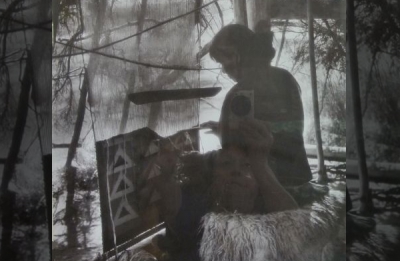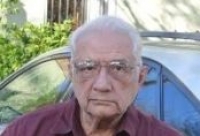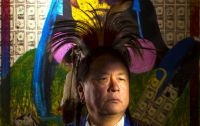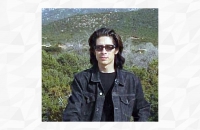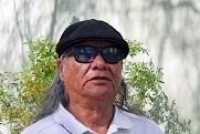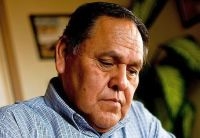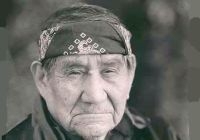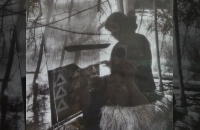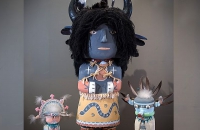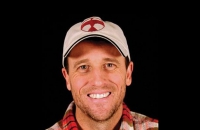Capturing the Western expansion and settlement in the American West was a gold mine to the young photographers. Tom Mullarky was lucky enough to be hired by the then well-known California photographer Leo Hetzel. When it is said that Leo Hetzel was not considered an "artistic" photographer, it is not meant to belittle his efforts. Surely, scores of Imperial Valley homes proudly displayed Hetzel's desert-in-blossom scenes (hand-colored by his wife and daughter) for years. And Hetzel's portraits were flattering to practically all who posed before him. While those professional trademarks are widely appreciated in the Valley, Hetzel should not be compared to pioneer photographic artists such as Edward Curtis or Edward Muybridge. Instead, Hetzel should be recognized for contributing a splendid portfolio of the unique history of Southeastern California. He should be recognized for having the presence of mind to realize that the activity around him was historically relevant: the settling of a last American frontier. And he should be recognized for recording that activity on film.
Once the Hetzel business was booming, Tom Mullarky was hired to help in the family business. Room and board was included in his pay. "I thought Tom was my brother too," recalls Hetzel’s daughter Virginia. Mullarky helped in the darkroom, developing bulk film for amateur “snap” shooters from throughout the Valley, and assisted in portrait work. Mullarky married Maye Purdy in 1927 and decided to strike out on his own. "He didn't want mother and daddy to think he was ungrateful," Virginia said, "but he felt he wanted a studio of his own." His search ended in Gallup, New Mexico, where Mullarky found a studio to settle down in. He became active in the community and was president of the Gallup Kiwanis in 1937.
It was in this new environment that Tom adapted what he had learned from Hetzel by capturing and recording the tribes and ceremonies in and around his new home. Mullarky was involved for many years with the Gallup Inter-Tribal Ceremonial (the oldest continuous State of New Mexico event), and his photo business was the only source where photographers could buy film, for some number of years. Though the Ceremonial was widely photographed, pictures from this early period are not so common. Some other noteworthy events captured on film was the construction of and then the opening of the St. Michael Indian Mission School on December 3, 1902 the feast of St. Francis Xavier.
Shan Guadagnoli acquired Mullarky’s collection when she and her husband Nello purchased the photographer’s business, Mullarky’s Camera Shop, in 1960 (now closed). At that time the location of their Kiva Gallery was still on Second Street and later it was moved to the First State Bank building on Historic Highway 66 that runs alongside the railroad tracks and Interstate 40. The negatives of many of the early Mullarky photographs are still the property of the Guadagnoli family.

